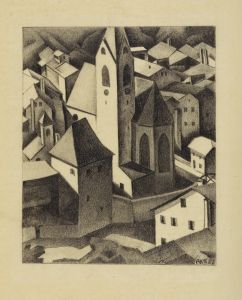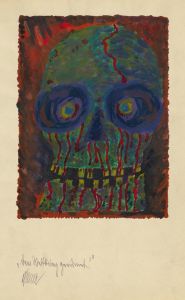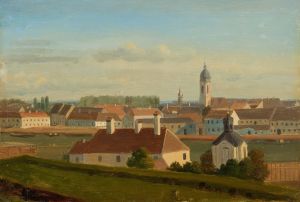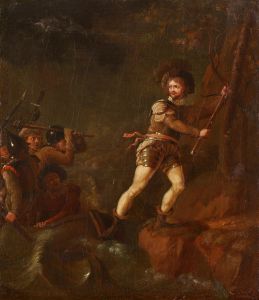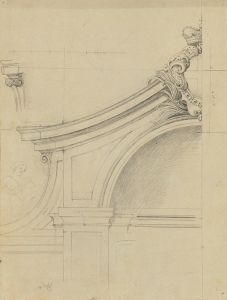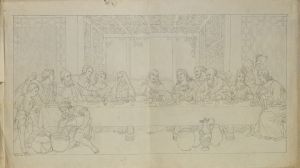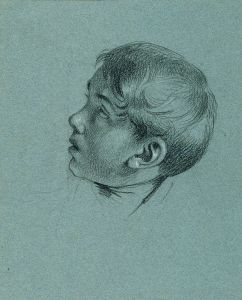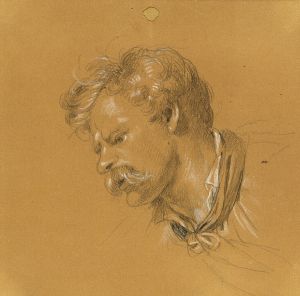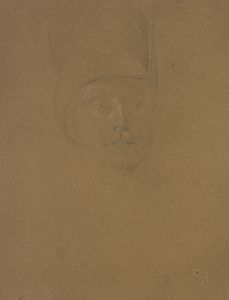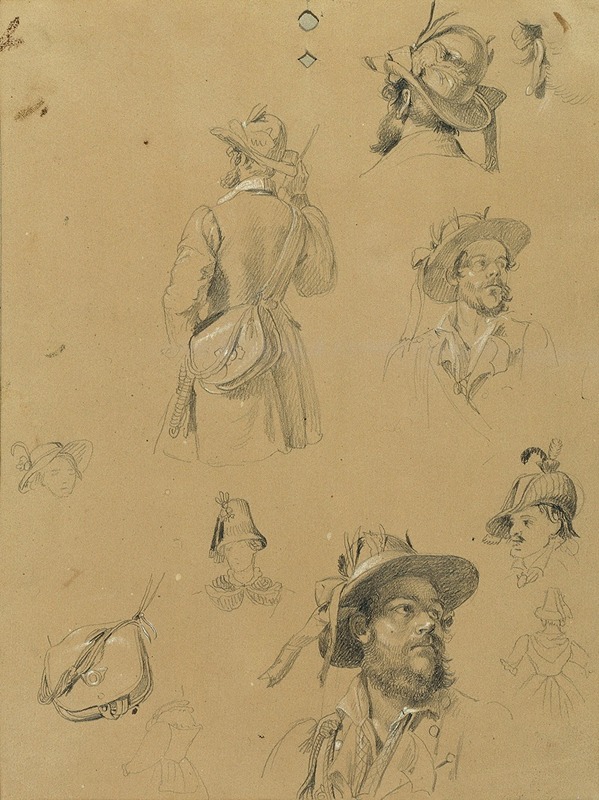
Skizze zur ‘Szene aus dem Tiroler Freiheitskampf’
A hand-painted replica of Johann Peter Krafft’s masterpiece Skizze zur ‘Szene aus dem Tiroler Freiheitskampf’, meticulously crafted by professional artists to capture the true essence of the original. Each piece is created with museum-quality canvas and rare mineral pigments, carefully painted by experienced artists with delicate brushstrokes and rich, layered colors to perfectly recreate the texture of the original artwork. Unlike machine-printed reproductions, this hand-painted version brings the painting to life, infused with the artist’s emotions and skill in every stroke. Whether for personal collection or home decoration, it instantly elevates the artistic atmosphere of any space.
Johann Peter Krafft's "Skizze zur ‘Szene aus dem Tiroler Freiheitskampf’" is a notable work that reflects a significant historical event through the medium of art. Johann Peter Krafft, an Austrian painter born in 1780, was known for his historical and genre paintings. His works often depicted scenes of national and historical importance, capturing the spirit and emotions of the times.
The sketch "Skizze zur ‘Szene aus dem Tiroler Freiheitskampf’" translates to "Sketch for ‘Scene from the Tyrolean War of Independence’." This piece is associated with the Tyrolean Rebellion of 1809, a significant uprising against the Bavarian and French occupation of the Tyrol region. The rebellion was part of the larger Napoleonic Wars, during which various European regions sought to resist Napoleonic control and influence.
The Tyrolean Rebellion was led by Andreas Hofer, a charismatic innkeeper and patriot who became a symbol of resistance against foreign domination. Hofer's leadership and the bravery of the Tyrolean people became legendary, and their struggle was characterized by a series of battles aimed at reclaiming their autonomy and preserving their traditional rights and freedoms.
Krafft's sketch likely captures the intensity and drama of this period, focusing on the human elements of the conflict. Although the specific details of the sketch are not widely documented, it can be inferred that the work embodies the themes of courage, sacrifice, and the fight for freedom, which were central to the Tyrolean Rebellion.
Krafft's ability to convey emotion and narrative through his art made him a prominent figure in the Austrian art scene. His works often served as visual records of historical events, providing insight into the cultural and political climate of his time. Through his paintings, Krafft contributed to the national identity and historical memory of Austria, celebrating the resilience and determination of its people.
The Tyrolean Rebellion itself was a complex and multifaceted conflict. It was marked by a series of battles, including the notable Battle of Bergisel, where Tyrolean forces achieved significant victories against the Bavarian and French troops. Despite their initial successes, the rebellion ultimately faced overwhelming odds, and Andreas Hofer was captured and executed in 1810. However, his legacy endured, and he became a national hero in Austria.
Krafft's work, including the "Skizze zur ‘Szene aus dem Tiroler Freiheitskampf’," serves as a testament to the enduring spirit of the Tyrolean people and their fight for independence. Through his art, Krafft not only documented historical events but also inspired future generations to remember and honor their heritage.
In summary, Johann Peter Krafft's sketch is an artistic representation of a pivotal moment in Tyrolean and Austrian history. It reflects the themes of resistance and national pride, capturing the essence of a people's struggle for freedom during a turbulent period in European history.





